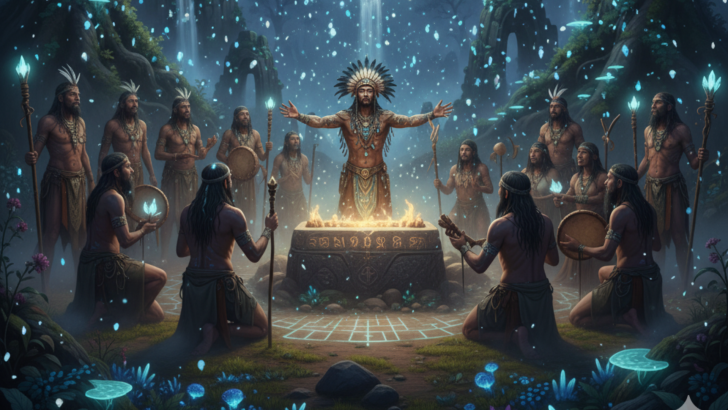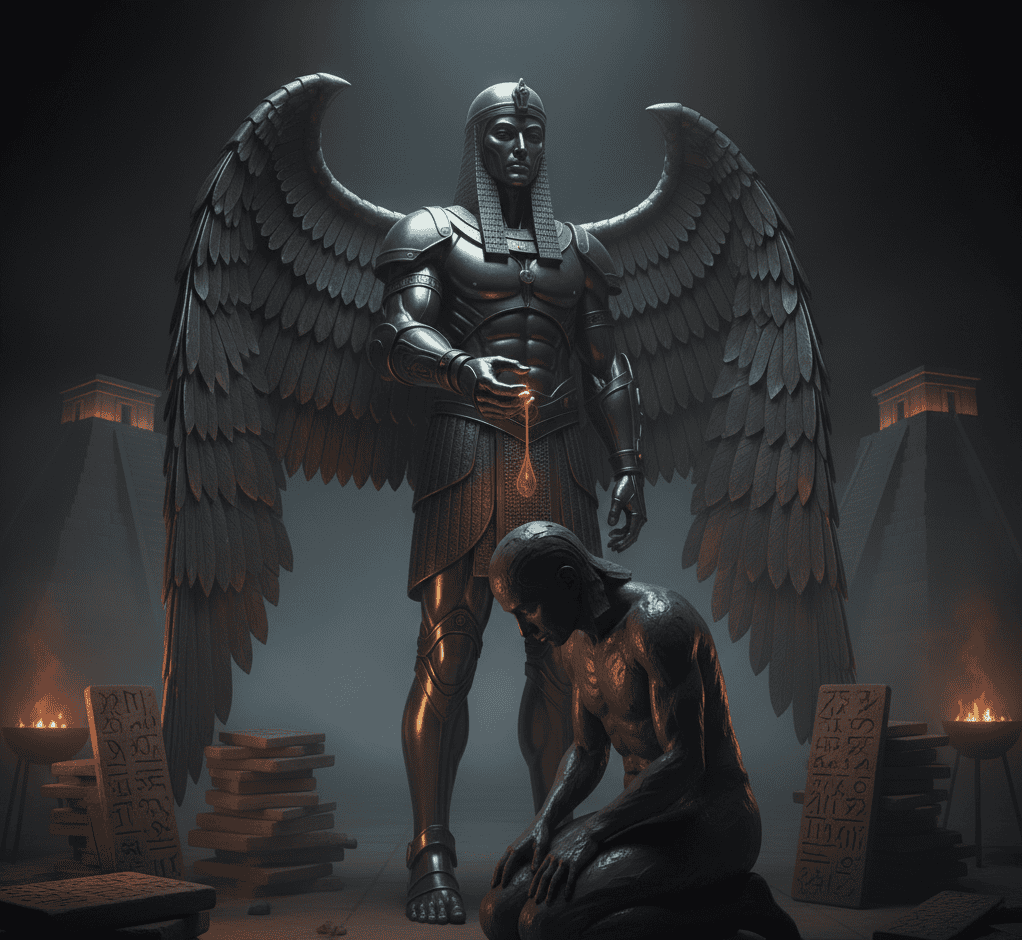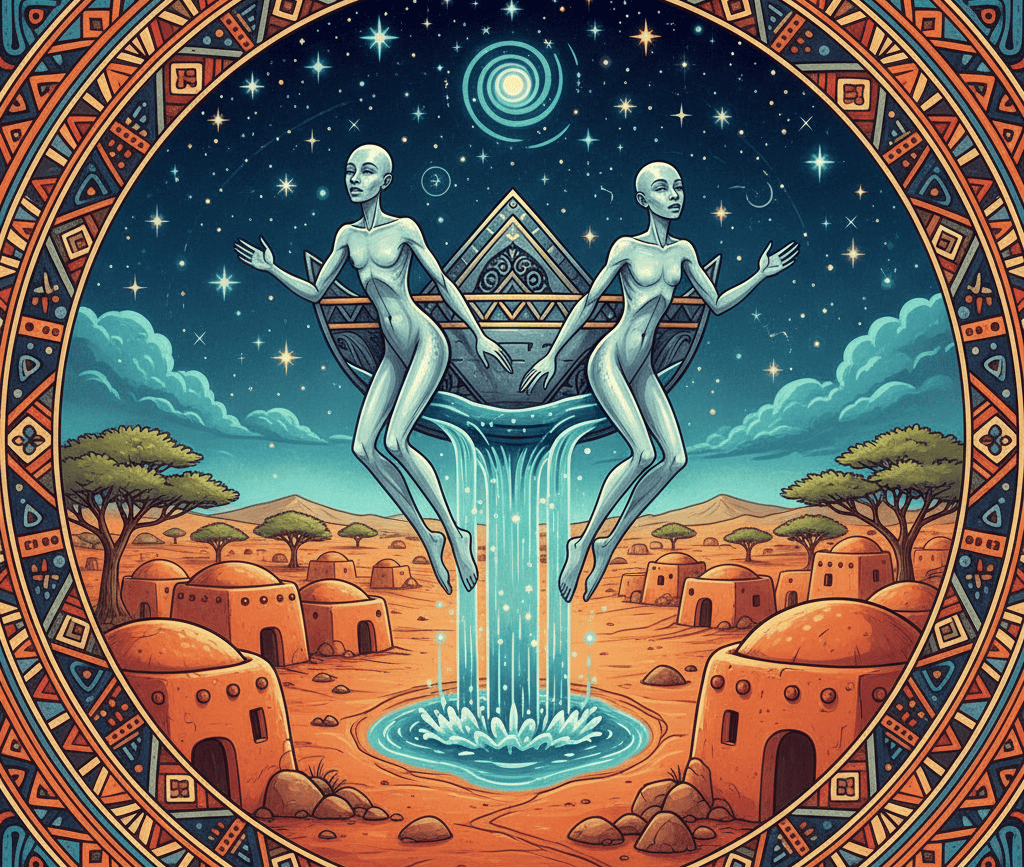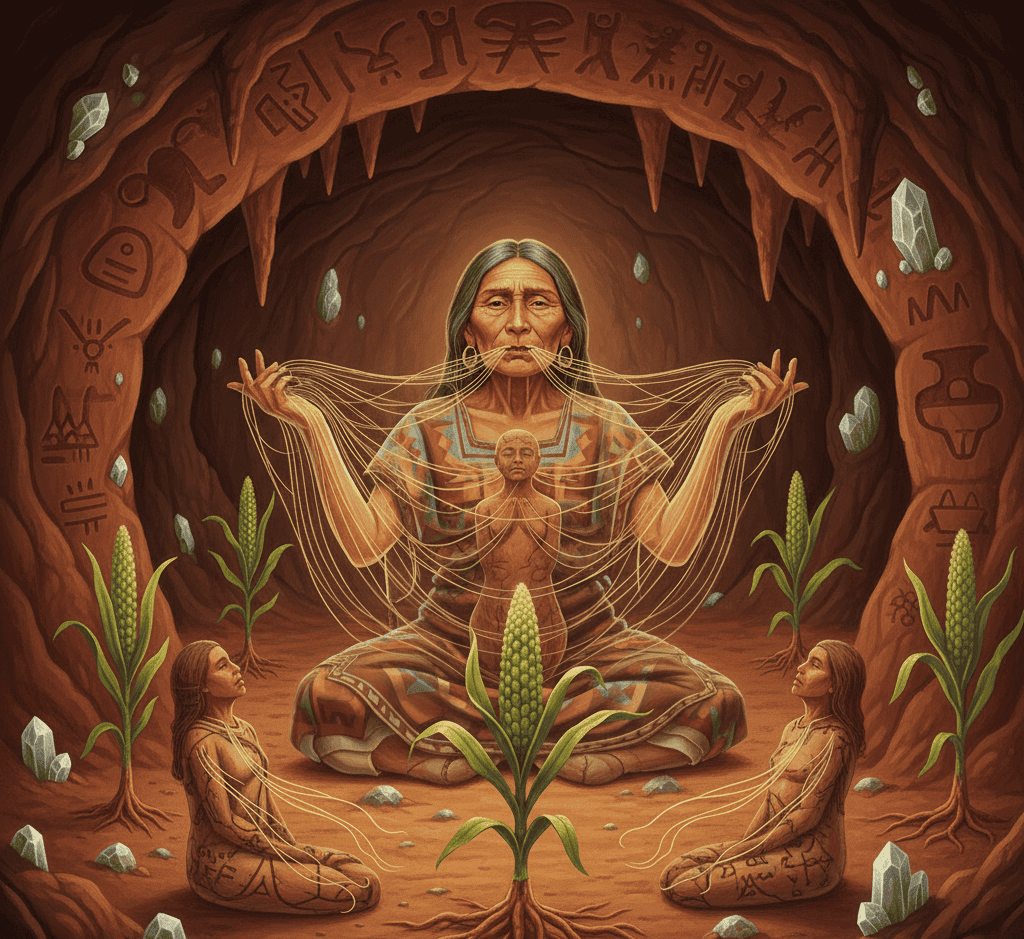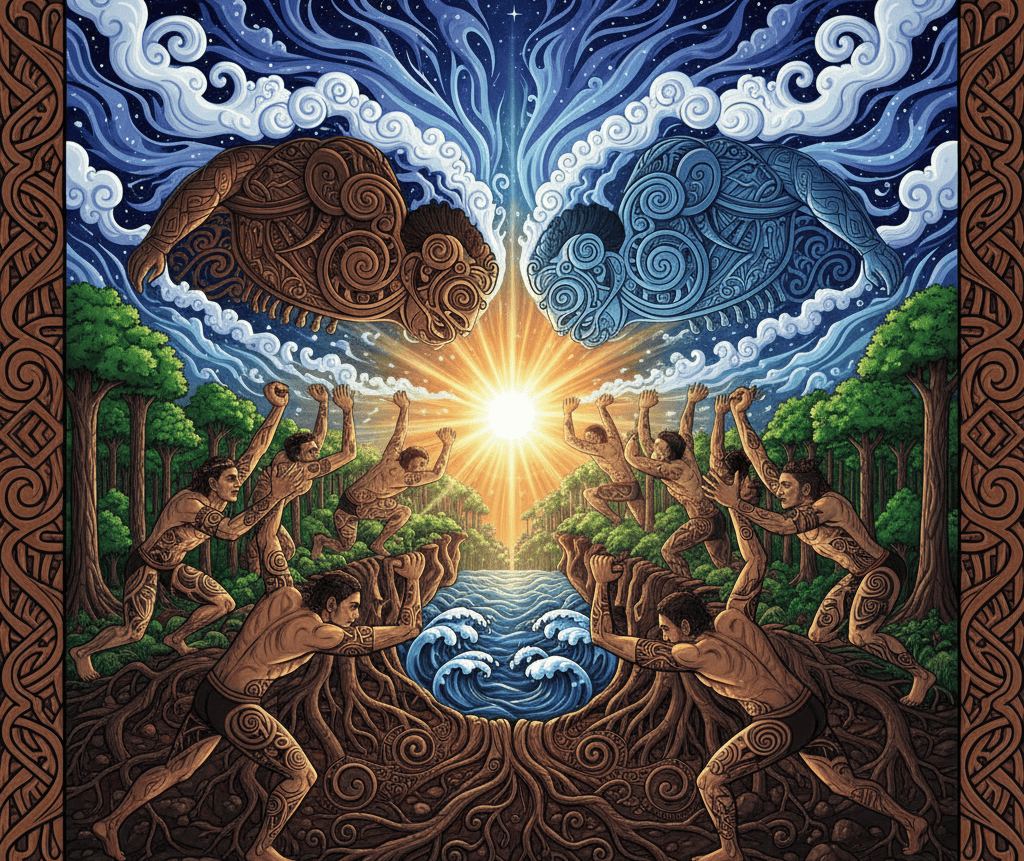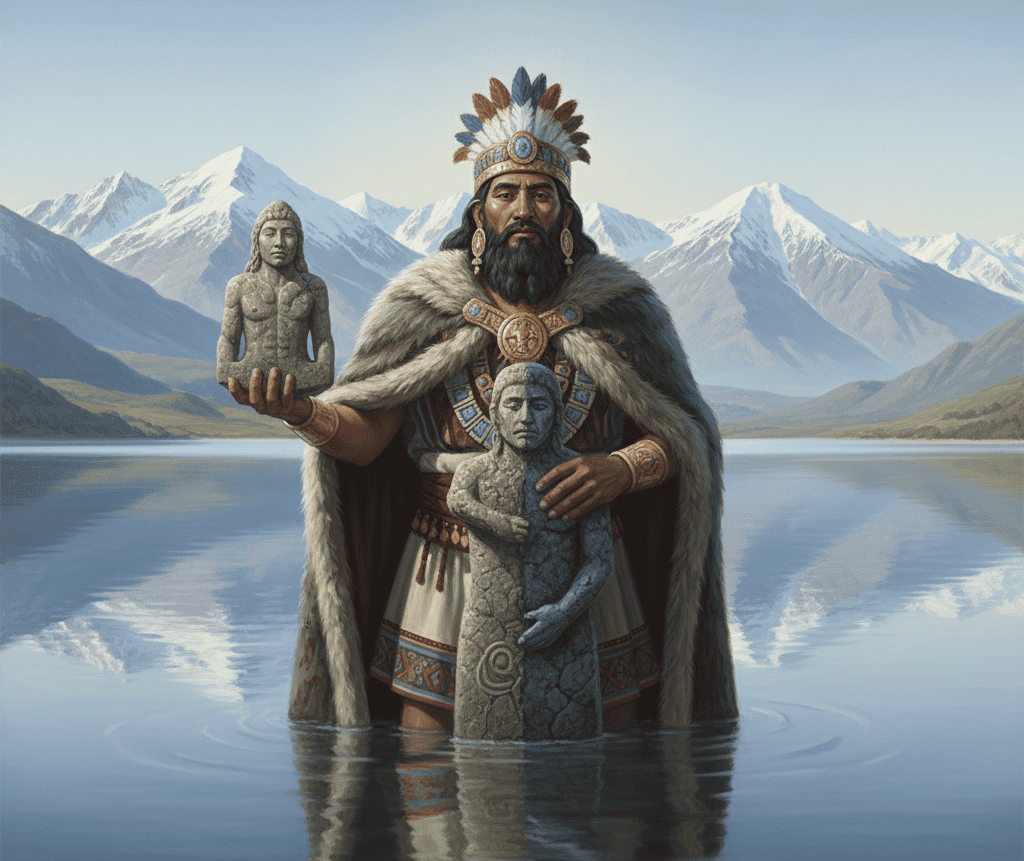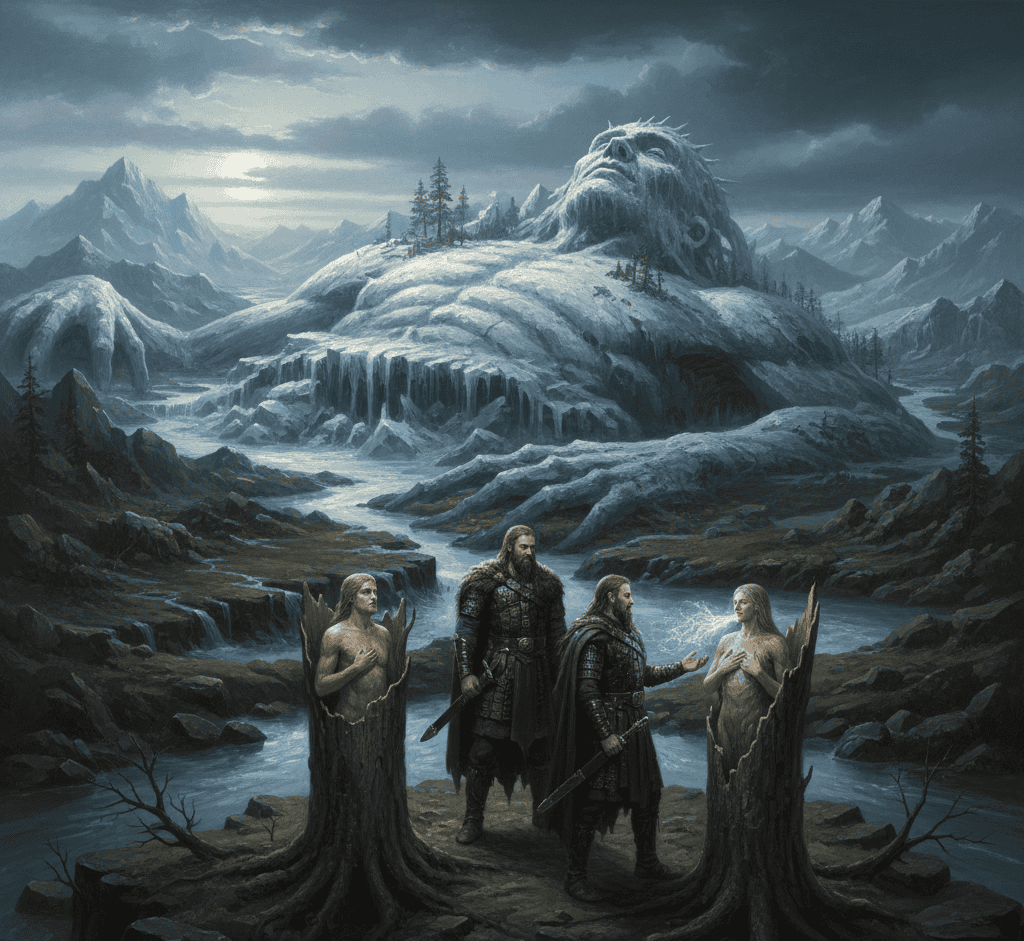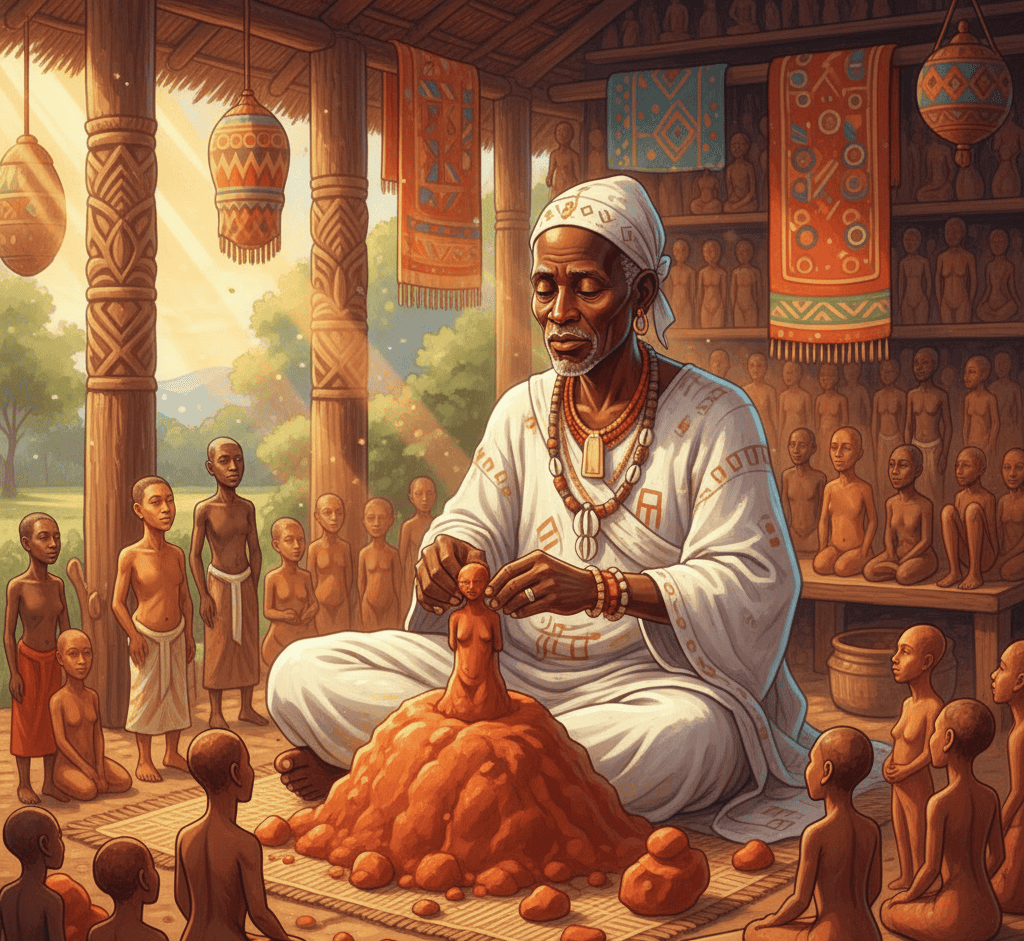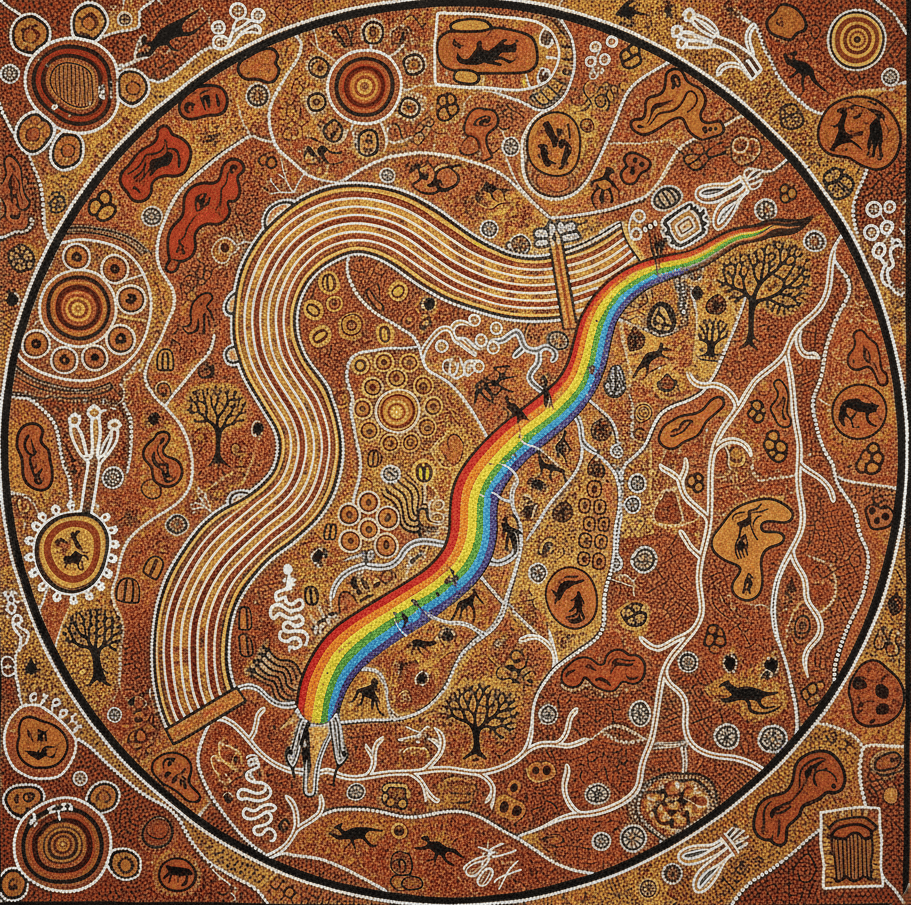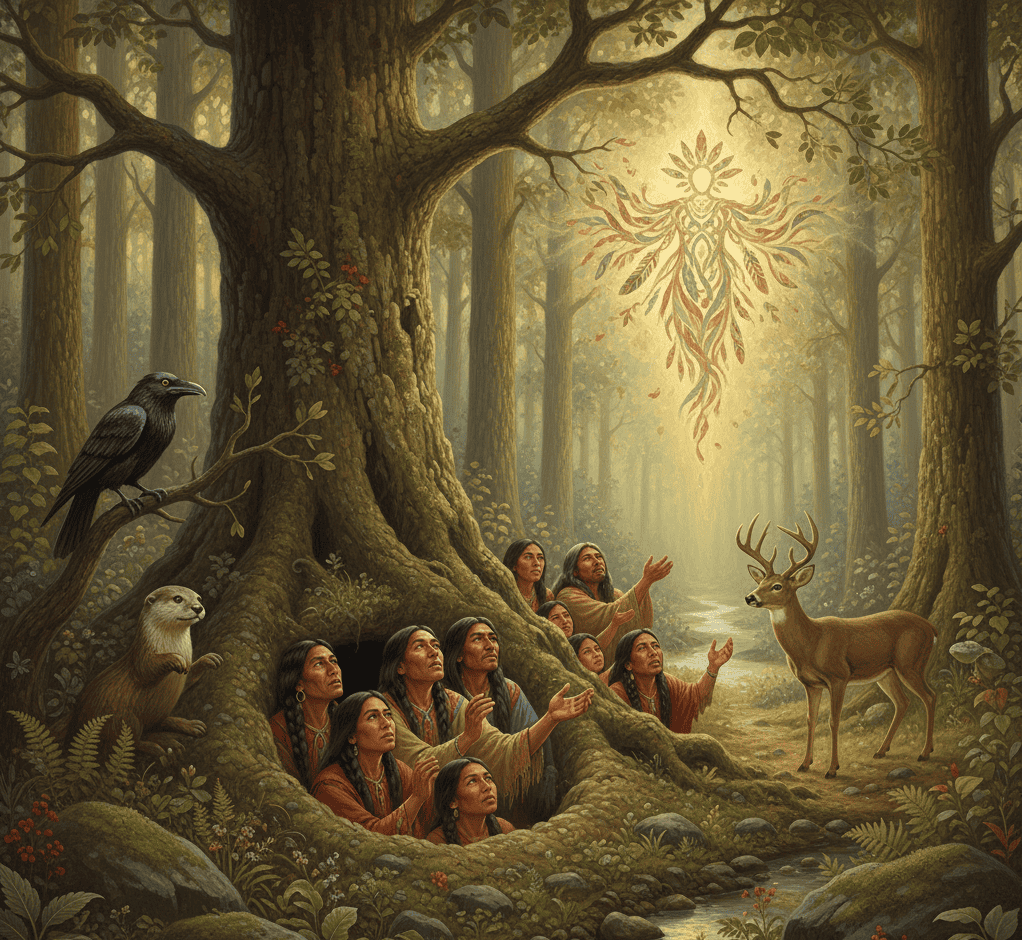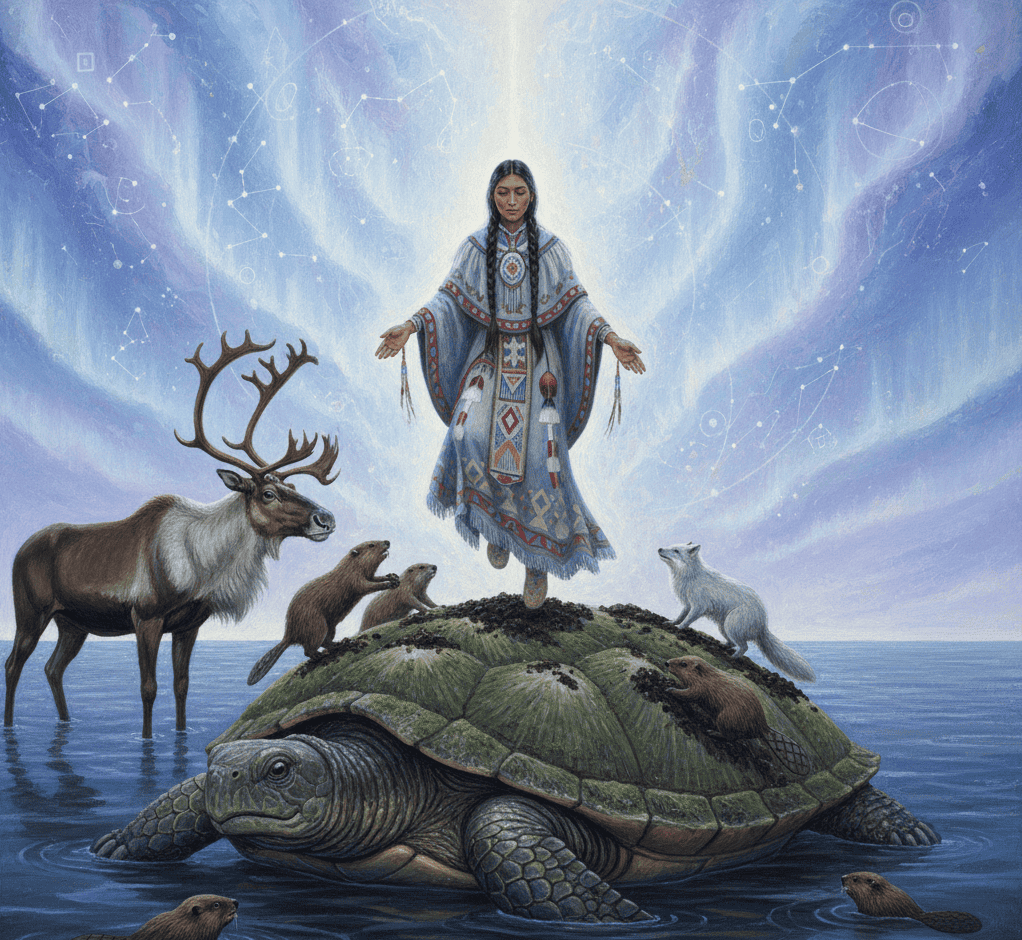Human history is filled with stories that explain how civilizations came to be.
Long before written records, tribes relied on oral traditions, myths, and legends to understand the world around them.
Many of these myths describe supernatural origins, gods walking among humans, or mystical forces shaping their people.
Some of these tribes have faded into history, yet their origin stories survive as whispers from a distant past.
These myths reveal the deep connection between culture, nature, and the supernatural, and how ancient peoples made sense of life, death, and the cosmos.
Here are ten forgotten tribes and the supernatural tales of their beginnings.
1. The Sumerians and the Anunnaki
The Sumerians, one of the earliest known civilizations, believed that gods called the Anunnaki descended from the heavens to shape humanity.
According to their myths, these beings created humans from clay mixed with divine blood. The purpose was to serve the gods, work the land, and maintain cosmic balance.
Dreamers and storytellers often described visions of the Anunnaki walking among the first Sumerians, teaching them agriculture, writing, and law.
These myths blended practical knowledge with the divine, creating a narrative that made the origins of civilization both magical and sacred.
The Anunnaki remain a symbol of how humans saw themselves as part of a grand cosmic plan.
2. The Dogon of Mali
The Dogon people of Mali have one of the most fascinating origin myths in Africa. They tell of beings from the star Sirius, called the Nommo, who descended to Earth in an ark.
These water-dwelling beings taught the Dogon about astronomy, agriculture, and social order.
The Nommo were seen as ancestors and spiritual guides, leaving behind mysterious knowledge in dreams and rituals.
Dogon storytellers describe them as powerful yet benevolent, bridging the human and celestial worlds.
Their myths reveal an understanding of the universe intertwined with the spiritual guidance of extraterrestrial or supernatural forces, showing how origin stories can link the earth to the stars.
3. The Hopi and the Spider Woman
The Hopi of North America have a rich tapestry of creation myths. One central figure is Spider Woman, a deity who spun humans into existence using threads of life.
She taught the Hopi how to live in harmony with nature, cultivate crops, and respect the sacred cycles of the world.
The myth also includes guidance on moral behavior, emphasizing cooperation and respect. Spider Woman appears in dreams, visions, and ceremonies, reinforcing her role as a divine architect.
For the Hopi, their origin story is not just about birth but about the careful weaving of culture, community, and spiritual wisdom into human life.
4. The Maori and the Children of Ranginui and Papatuanuku
In New Zealand, the Maori tell the story of Ranginui, the sky father, and Papatuanuku, the earth mother.
Their children, divine beings themselves, pushed the parents apart to create space for life on Earth. Each child governed aspects of nature such as forests, oceans, and war.
Humans are said to descend from these divine beings, carrying traits of both earth and sky.
The Maori origin myth teaches a profound respect for the environment, linking human existence to the balance of natural forces.
Every mountain, river, and tree becomes sacred, a reminder of ancestry and divine intervention in the shaping of the world.
5. The Inca and Viracocha
The Inca civilization of South America traced their origins to Viracocha, the creator god who emerged from Lake Titicaca.
Viracocha formed the sun, moon, stars, and mountains, and then brought humans to life from stone.
According to legend, he traveled across the land, teaching morality, culture, and order before disappearing into the horizon.
The myths describe humans as reflections of divine power, endowed with a sense of duty to maintain harmony with the world.
Viracocha’s story emphasizes the sacredness of natural elements and the intertwining of human destiny with celestial guidance.
6. The Norse and Ymir
Norse mythology recounts the origin of humanity through the cosmic giant Ymir. From his body, the gods Odin, Vili, and Ve fashioned the earth, sky, and seas.
His blood became rivers, his flesh the soil, and his bones the mountains. The first humans, Ask and Embla, were then created from trees, gifted with life, breath, and spirit by the gods.
This myth shows the intimate connection between humans and the natural world, portraying life as born from sacrifice and divine craftsmanship.
The Norse origin story is vivid, dramatic, and full of cosmic symbolism that mirrors the harsh and awe-inspiring landscapes of the north.
7. The Yoruba and Obatala
In West Africa, the Yoruba people tell of Obatala, the deity who molded humans from clay. Sent by the supreme god Olodumare, Obatala gave form to humanity and infused life with spirit and intelligence.
The myth also includes tales of imperfections, explaining why humans are diverse in shape, color, and character.
Obatala appears in dreams, rituals, and festivals, guiding communities and maintaining the balance between divine intention and human action.
This origin story highlights the importance of creativity, wisdom, and responsibility in shaping civilization while reinforcing the connection between divine will and human life.
8. The Aboriginal Dreamtime
Australian Aboriginal tribes share stories of the Dreamtime, a vast era when ancestral spirits shaped the land, waters, and people.
Each tribe has its own Dreaming stories, recounting how humans, animals, and landscapes were created through the actions of supernatural beings.
These stories are passed orally, through song, dance, and art, making the myths a living part of daily life.
Dreamtime tales connect moral guidance, survival, and spirituality, showing that origin myths were practical, sacred, and deeply integrated into culture.
They remind us that creation is an ongoing process, constantly renewed through ritual and storytelling.
9. The Cherokee and the First People
The Cherokee people of North America have myths explaining the emergence of humans from a hole in the ground, guided by the Great Spirit.
Animals played a central role in their stories, helping shape the world and teach humans skills for survival.
The origin stories include trials, lessons, and interventions from supernatural beings who watched over the first people.
Dreams were considered messages from these spirits, reinforcing social order and moral conduct.
The Cherokee myths blend the mundane and mystical, showing that creation is intertwined with the natural world, the spiritual realm, and the responsibilities of community.
10. The Dogrib and the Sky Woman
Among the Dogrib, or Tlicho, of Canada, the myth of Sky Woman explains the birth of humanity and the shaping of the land.
Sky Woman fell from the heavens, and animals helped her create the earth on the back of a giant turtle.
Her descendants became the ancestors of the tribe, inheriting both the guidance of the celestial realm and the wisdom of earthly creatures.
This myth emphasizes collaboration, respect for nature, and the intertwining of divine and human destinies.
The Dogrib origin story illustrates how myths serve as a bridge between spiritual understanding and practical life, offering meaning, identity, and guidance to generations.

Siempre sentí una fuerte conexión con lo Divino desde mi nacimiento. Como autora y mentora, mi misión es ayudar a los demás a encontrar el amor, la felicidad y la fuerza interior en los momentos más oscuros.

